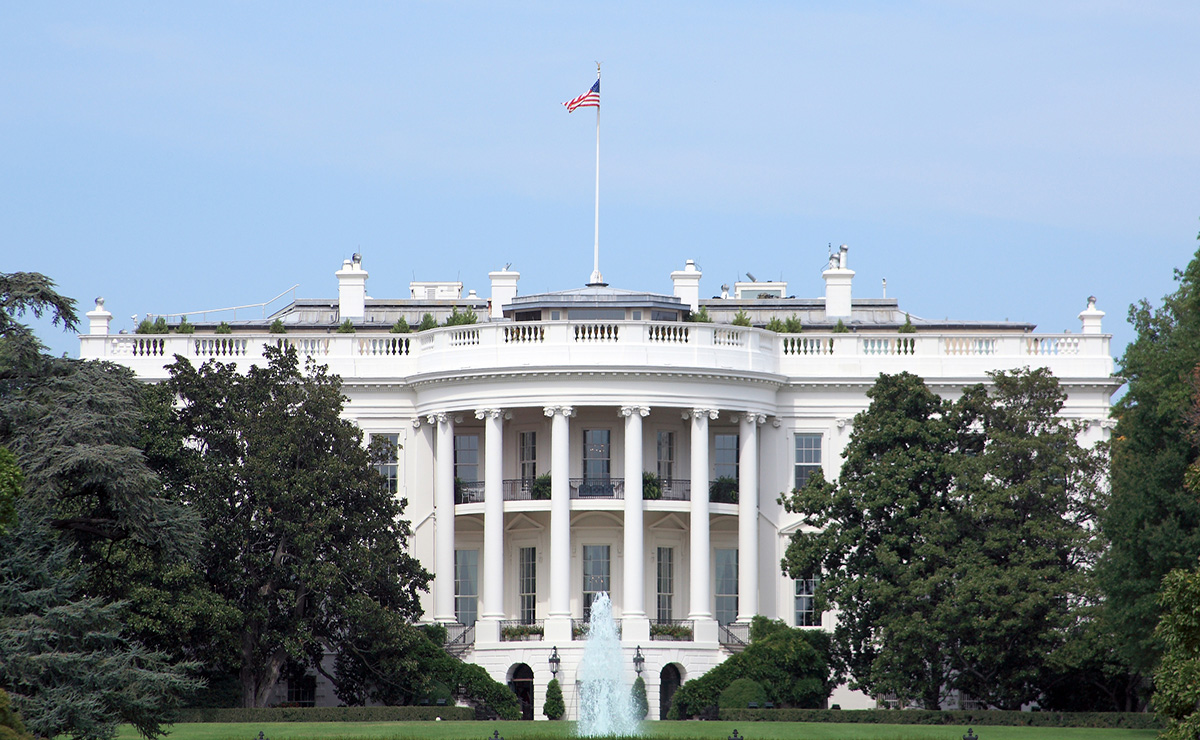What to Know About the American Rescue Plan
March 04, 2021 | Jeffrey Ekoma, Mattie Quinn
 One of President Biden’s first actions just before being sworn into office was to draft up the American Rescue Plan, a sweeping proposal that ASTHO has committed to working with the Biden Administration on. The proposal offers a national vaccination plan, a promise to address COVID-19 health disparities, and efforts to prioritize the expansion the public health workforce.
One of President Biden’s first actions just before being sworn into office was to draft up the American Rescue Plan, a sweeping proposal that ASTHO has committed to working with the Biden Administration on. The proposal offers a national vaccination plan, a promise to address COVID-19 health disparities, and efforts to prioritize the expansion the public health workforce.
On Feb. 27, The House of Representatives passed the American Rescue Plan Act of 2021 (H.R.1319) in response to President Biden’s proposal. The bill is now pending in the Senate, where some changes are expected to be made in the coming days.
As it relates to public health, below are some of the high-level takeaways and key things to know that are expected to largely stay in place over the coming negotiations.
$46 billion, to remain available until expended, to detect, diagnose, trace, and monitor COVID-19 infections. Specifically:
- Implement a national strategy for testing, contact tracing, surveillance, and mitigation of COVID-19.
- Award grants to state, local, territorial, and tribal (SLTT) public health departments for COVID-19 related activities to mitigate the spread of COVID-19.
- Support activities related to COVID-19 tests, including supplies necessary for administering tests such as personal protective equipment (PPE).
- Establish and expand federal, state, local, and territorial testing and contact tracing capabilities.
- Enhance information technology, data modernization, and reporting.
- Award grants to SLTT public health departments to establish, expand, and sustain a public health workforce.
$7.5 billion, to remain available until expended, to CDC to plan, prepare for, promote, distribute, administer, monitor, and track COVID-19 vaccines.
- Funds can be used for COVID-19 vaccine-related activities including awarding grants to state, local, tribal, and territorial (SLTT) public health departments for COVID-19 vaccine distribution and administration capabilities including staffing, standing up community vaccination centers, support for sharing data related to vaccine distribution, and vaccination systems.
$7.6 billion, to remain available until expended, to establish, expand, and sustain a public health workforce, including by making awards to state, local, and territorial public health departments. Specifically, funds can be used for:
- Costs related to recruiting, hiring, and training individuals to serve as case investigators, contact tracers, social support specialists, community health workers, public health nurses, disease intervention specialists, epidemiologists, program managers, laboratory personnel, informaticians, communication and policy experts, and other related positions.
Notably, the funding mentioned above is available until it has been fully expended, which provides additional flexibility for state and territorial public health jurisdictions. It’s important to note that the legislation also extends the Pandemic Unemployment Assistance program through Aug. 29, 2021 and increases the total number of weeks related to benefits available to individuals from 50 to 74. There are also extensive Medicaid flexibilities for states and territories included in the bill. Read more on what this entails in our latest legislative alert.
These proposals could be subject to changes as the Senate hammers out its version of the bill, while adhering to specific budget reconciliation requirements that permits the approval of the bill by a simple majority. Specifically, legislation passed through the reconciliation process must adhere to the “Byrd Rule,” which disallows the inclusion of provisions that do not have a direct budgetary impact. If any changes are made, the bill will need a vote by the House to approve of such changes. The overall goal is for Congress to send a bill to the President for his approval before March 14. ASTHO will continue to track any changes on this important public health legislation in the coming days.